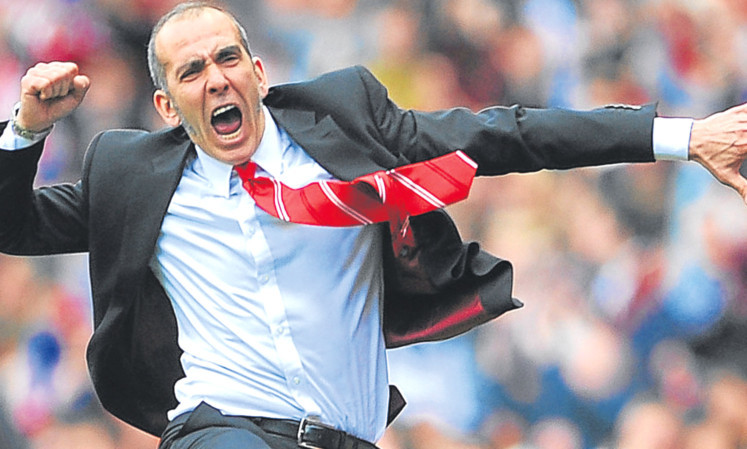
The fall-out at Sunderland after the Italian’s departure will take a long time to clear up.
I sat in the Media Suite at The Hawthorns last Saturday as Paolo Di Canio delivered his final public utterances as Sunderland manager. It was a typical performance from the Italian, with arm-waving, chest-thumping and self-justifying fervour.
The phrase “lost the plot” was not far from most observers’ lips as he departed for the team coach. All speculated how many games it would be before he got the sack. His team was a mess and his explanations made little sense.
He’d stayed on the pitch inviting the fans to blame him then came in and blamed his players. Less than 24 hours later, a coup had taken place and he was gone.
Senior members of the squad, tired of his eccentric rules and constant willingness to hang players out to dry, complained to owner Ellis Short via Chief Executive Margaret Byrne and Di Canio was removed from office after just 12 League games.
If the swiftness of Short’s response raised some eyebrows, the action itself surprised no-one.
Di Canio was always going to be the victim of his own self-promotion and his genuinely-held conviction that he could treat experienced, extremely wealthy Premier League players like they were League Two wannabes. His confrontational style earned the description “management by hand grenade” at Swindon. So Short couldn’t claim he hadn’t been warned. He knew what he was getting.
Even now, you could argue that Di Canio did the job asked of him. He woke up a team sleepwalking towards relegation under Martin O’Neill and preserved their Premier League status. But he was only ever going to be a short-term fix. Sooner rather than later, his “all-about-me” attitude was going to be his undoing.
The problem is that Sunderland didn’t just change their manager when they recruited Di Canio. They changed the whole structure of the club.
Former agent Roberto Di Fanti arrived as Director of Football. Out went Chief Scout Pop Robson, a man saturated in North-East football, and in came Valentino Angeloni from Inter Milan. Di Canio brought four more Italians with him his assistant manager, a first-team coach, a goalkeeping coach and a physio.
The Black Cats then recruited 14 new players, only one of whom was British. 15 players left, 11 of them UK-born, the majority of whom had come through the club’s Academy. Much of that activity was designed to replace those who couldn’t live with Di Canio’s regime with those more likely to buy into it. Clearly it didn’t work.
Di Canio’s tenure was not so much a hand grenade as a nuclear explosion. The fall-out will take a long time to clear up.

Enjoy the convenience of having The Sunday Post delivered as a digital ePaper straight to your smartphone, tablet or computer.
Subscribe for only £5.49 a month and enjoy all the benefits of the printed paper as a digital replica.
Subscribe